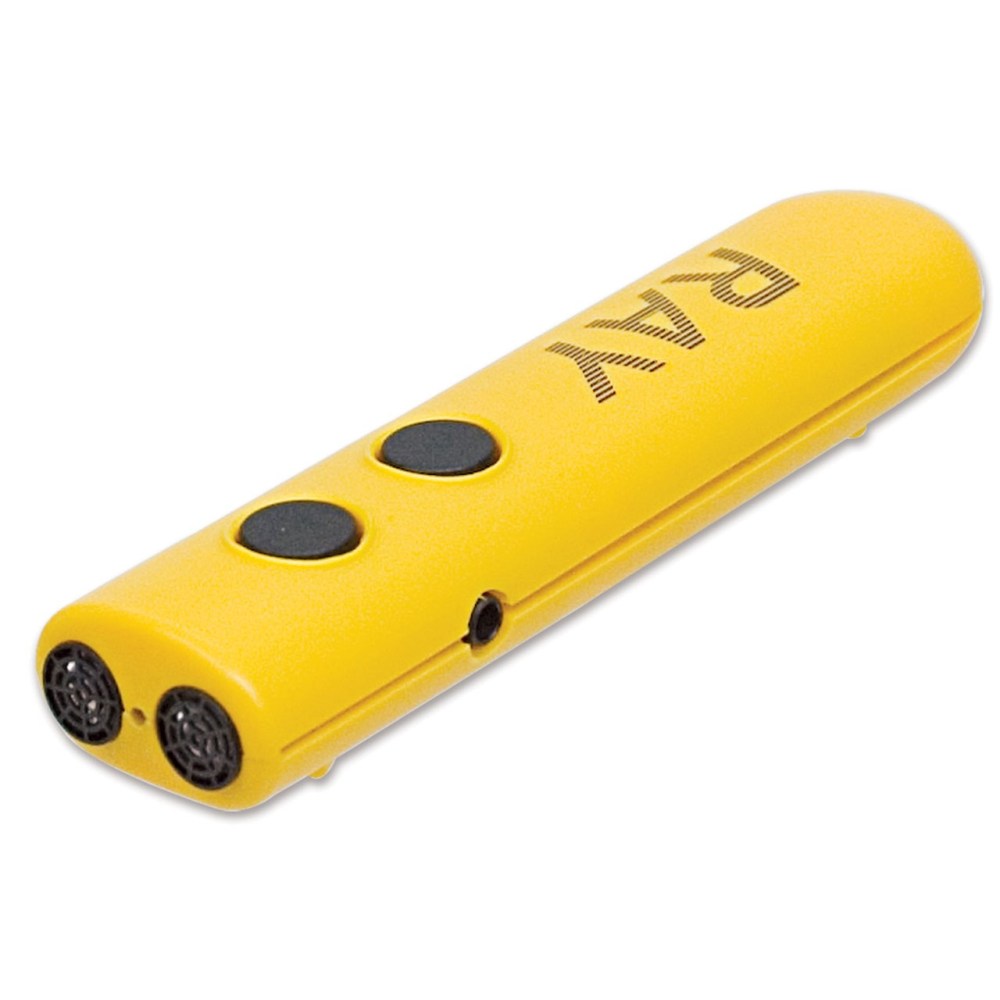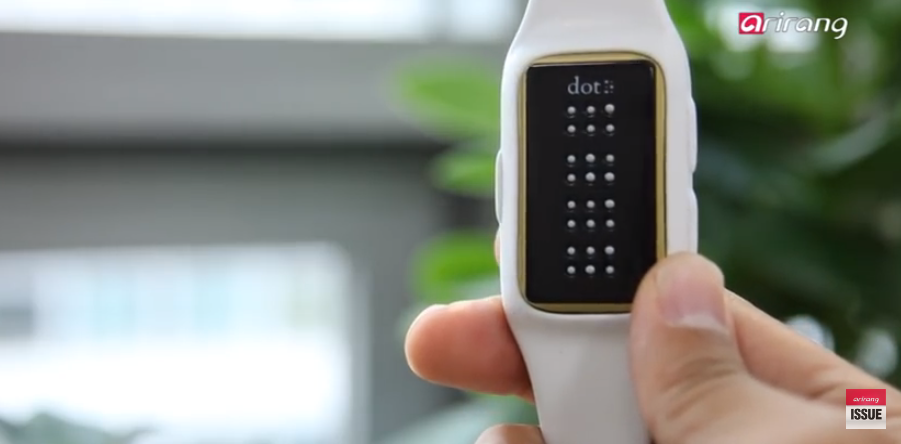Speech-to-Text Devices for Low Vision: Enhancing Convenience
An Overview to Life-altering Assistive Innovation for the Blind and Aesthetically Impaired
The advancement of assistive modern technology has ushered in a transformative period for individuals that are aesthetically damaged or blind, offering devices that boost autonomy and enrich day-to-day experiences. Advancements such as smart navigating gadgets and AI-driven applications are redefining how users engage with their surroundings, while available analysis solutions and wise home innovations promise to further boost the high quality of life.
Smart Navigation Equipment
Smart navigation devices are reinventing the means people that are visually damaged or blind connect with their environment. These advanced innovations, which integrate GPS, audio feedback, and haptic signals, supply customers with important details concerning their environments, enhancing their independence and mobility.
One famous example is the usage of clever walking canes furnished with sensing units that spot obstacles and supply real-time feedback via resonances or audio hints. These tools allow individuals to browse complex environments, such as hectic roads or crowded public rooms, with enhanced confidence. In addition, wearable tools, such as smart glasses, are being developed to assist in acknowledging faces, reviewing message, and identifying things, additionally boosting the customer's spatial recognition.
Moreover, clever navigating tools are significantly integrating man-made knowledge to assess information and adapt to users' choices. This customized technique not just enhances navigating efficiency but also fosters a sense of empowerment among customers. As technology continues to development, the possibility for wise navigation tools to produce a more easily accessible and comprehensive globe for individuals who are blind or aesthetically damaged remains appealing, ultimately reshaping their everyday experiences and interactions.
Innovative Mobile Apps
Mobile applications are arising as powerful devices for aiding people that are blind or visually impaired, providing a range of functionalities that enhance daily living. These applications harness advanced innovation to facilitate everyday jobs, boost accessibility, and promote self-reliance.
One category of cutting-edge mobile apps concentrates on aesthetic acknowledgment. Applications like Be My Eyes connect individuals with sighted volunteers using video telephone calls, enabling real-time support for tasks such as reading labels or browsing strange environments. Likewise, applications like Seeing AI make use of fabricated knowledge to define surroundings, checked out text, and identify items, providing customers with vital information at their fingertips.
Another substantial location is navigation and orientation. Applications such as Aira and Nearby Traveler give audio advice, helping users browse city areas with convenience. They supply personalized assistance, enabling for an extra positive exploration of the setting.
Moreover, health and wellness and health applications accommodate details needs, such as medicine monitoring and health and fitness monitoring. These applications intend to foster an all natural method to health, guaranteeing that users can maintain their wellness individually.
Wearable Assistive Gadgets
Wearable assistive tools represent a significant development in innovation created to support people who are aesthetically damaged or blind. These gadgets boost flexibility and independence by offering real-time comments regarding the surrounding environment. Amongst the most notable wearable innovations are smart glasses equipped with sensing units and electronic cameras, which can identify barriers and relay essential info through sound cues.

Another ingenious alternative consists of wrist-worn tools that make use of ultrasonic waves to discover challenges and give navigational help. These gadgets commonly include personalized setups, allowing customers to customize the alerts to their details demands.
The integration of synthetic intelligence in wearable assistive technology is also notable, as it continually improves the precision and responsiveness of these devices. Overall, wearable assistive gadgets are changing the lives of the visually impaired and blind, fostering better autonomy and improving lifestyle with innovative services.
Available Reviewing Solutions
Accessible reading options play a critical function in making it possible for people that are visually damaged or blind to involve with text across different styles. These services include a variety of devices and modern technologies created to boost analysis experiences, from traditional print materials to digital content.
One noticeable solution is Optical Character Acknowledgment (OPTICAL CHARACTER RECOGNITION) modern technology, which converts published text right into electronic format, enabling individuals to listen to or review the content using display visitors. Additionally, specialized e-readers geared up with text-to-speech capabilities provide customizable reading experiences, allowing customers to adjust font sizes and background shades for enhanced exposure.
An additional reliable method is braille displays, which give tactile comments by transforming digital message into braille. This allows people to check out through touch, fostering better self-reliance and access to literature. Additionally, mobile applications designed for checking out scanned publications or papers can empower individuals with instant access to a substantial collection of products.

Smart Home Technologies
Smart home technologies have transformed the way individuals that are blind or aesthetically impaired interact with their living settings, improving both independence and safety. These innovative remedies utilize automation and connectivity to develop an read the full info here easily accessible living room tailored to the requirements of individuals.
Smart audio speakers and voice-activated assistants offer hands-free control over different devices, enabling individuals to readjust temperature level, lighting, and protection steps through simple voice commands. This functionality minimizes reliance on sighted support and fosters a feeling of autonomy. In addition, smart lighting systems can be tailored to supply auditory feedback or tactile hints, making it possible for people to navigate their homes more successfully.
Moreover, protection systems equipped with smart video cameras and sensors can send out real-time signals to customers, improving personal security local eye doctors without requiring visual confirmation. Automated door locks provide satisfaction, allowing customers to protect their homes effortlessly.
Integrating wise home innovations not only boosts daily living however likewise encourages social communication via connected tools - Assistive technology for the blind. With recurring improvements in assistive technology, the future shows up appealing, as even more options will arise to further empower people who are aesthetically impaired or blind, guaranteeing an extra independent and comprehensive way of life
Verdict
Finally, the improvements in assistive technology for the blind and visually impaired represent a substantial jump toward boosting independence and lifestyle. Smart navigation tools, innovative mobile applications, wearable devices, accessible analysis remedies, and wise home innovations jointly promote an inclusive atmosphere. This assimilation of technology not just enhances mobility and everyday living but likewise encourages individuals to involve totally with their environments, promoting greater autonomy and involvement in society.
Technologies such as smart navigation devices and AI-driven applications are redefining how individuals communicate with their surroundings, while easily accessible analysis services and clever home innovations promise to more raise the try this website quality of life. As technology continues to development, the potential for smart navigating devices to develop a much more inclusive and easily accessible world for people that are blind or aesthetically damaged stays encouraging, inevitably improving their day-to-day experiences and interactions.
Wearable assistive gadgets represent a considerable improvement in modern technology designed to support people that are aesthetically impaired or blind. Among the most noteworthy wearable modern technologies are clever glasses geared up with sensing units and cams, which can recognize obstacles and relay essential information with sound hints.
Smart navigating tools, ingenious mobile applications, wearable tools, available analysis solutions, and smart home technologies collectively cultivate a comprehensive atmosphere.